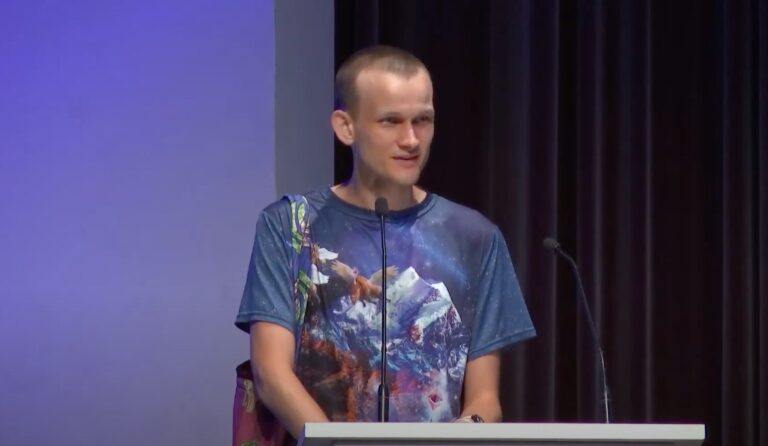Recently, Russian-Canadian programmer Vitalik Buterin, the creator of Ethereum ($ETH), commented on the upcoming “Merge” hard fork, which is when the Ethereum network is making the transition from proof-of-work to proof-of-stake.
Here is how Ethereum Foundation explains the Merge upgrade, which is expected to take place on the mainnet on September 15:
“The Merge represents the joining of the existing execution layer of Ethereum (the Mainnet we use today) with its new proof-of-stake consensus layer, the Beacon Chain. It eliminates the need for energy-intensive mining and instead secures the network using staked ETH. A truly exciting step in realizing the Ethereum vision – more scalability, security, and sustainability.
“It’s important to remember that initially, the Beacon Chain shipped separately from Mainnet. Ethereum Mainnet – with all it’s accounts, balances, smart contracts, and blockchain state – continues to be secured by proof-of-work, even while the Beacon Chain runs in parallel using proof-of-stake. The approaching Merge is when these two systems finally come together, and proof-of-work is replaced permanently by proof-of-stake.
“Let’s consider an analogy. Imagine Ethereum is a spaceship that isn’t quite ready for an interstellar voyage. With the Beacon Chain, the community has built a new engine and a hardened hull. After significant testing, it’s almost time to hot-swap the new engine for the old mid-flight. This will merge the new, more efficient engine into the existing ship, ready to put in some serious lightyears and take on the universe.“
During an interview on the Bankless podcast, Buterin argued that the long-awaited upgrade has yet to be reflected in Ethereum’s price. Buterin said that he expected investor morale to go “way up” following the Merge upgrade.
As reported by The Daily HODL, Buterin said:
I basically expect that the merge is going to be not priced in, by which I mean not even just market terms, but even psychological and narrative terms.
The Ethereum co-founder continued, predicting that the upgrade’s added value would was “not going to be priced in” until right after the launch. Buterin also told his interviewer about his experience working with Ethereum over the years, including the initial launch version:
I think it’s both faster and slower. I do think that our results have been pretty mixed so far because if you compare the process of getting the Beacon Chain out the door to the process of getting ETH 1.0 out the door, ETH 1.0 took 20 months from myself writing the first version of the whitepaper to launch.
Buterin called it a delicate balance between getting the Merge upgrade out the door while still keeping the network fully functional and intact. He noted the valuable impact of Ethereum’s researchers and developers, who were putting “a lot more effort” into the problems of getting the upgrade launched.
On July 21, Buterin shared his thoughts about “the longer-term future of the Ethereum protocol” at the annual Ethereum Community Conference (EthCC) in Paris, France.
Buterin started his talk by saying:
“The Etheruem protocol right now is in the middle of this long and complicated transition, and it’s a transition toward becoming a system, which is much more powerful and robust in a lot of ways, right?
“At the end of the last year, I published this kind of updated roadmap document, where I talked about these big five categories of stuff that’s happening in Ethereum protocol land, where there’s the merge, the surge, the verge, and then a bit lower is going to be the purge and the splurge, right?
“The Merge is proof of stake. The Surge is sharding, and The Verge is Verkle Trees, The Purge is things like state expiry and deleting old history, and The Splurge is basically just all of the other fun stuff.”








